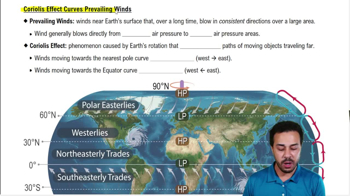Multiple Choice
Which summary of protein synthesis is correct?
1829
views
 Verified step by step guidance
Verified step by step guidance Verified video answer for a similar problem:
Verified video answer for a similar problem:



 4:07m
4:07mMaster Review of Transcription vs. Translation with a bite sized video explanation from Jason
Start learning